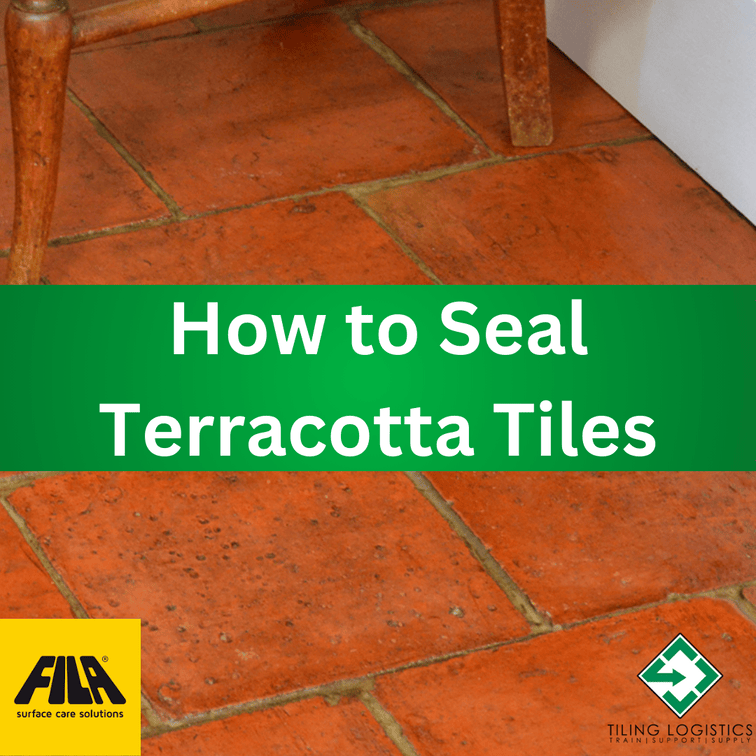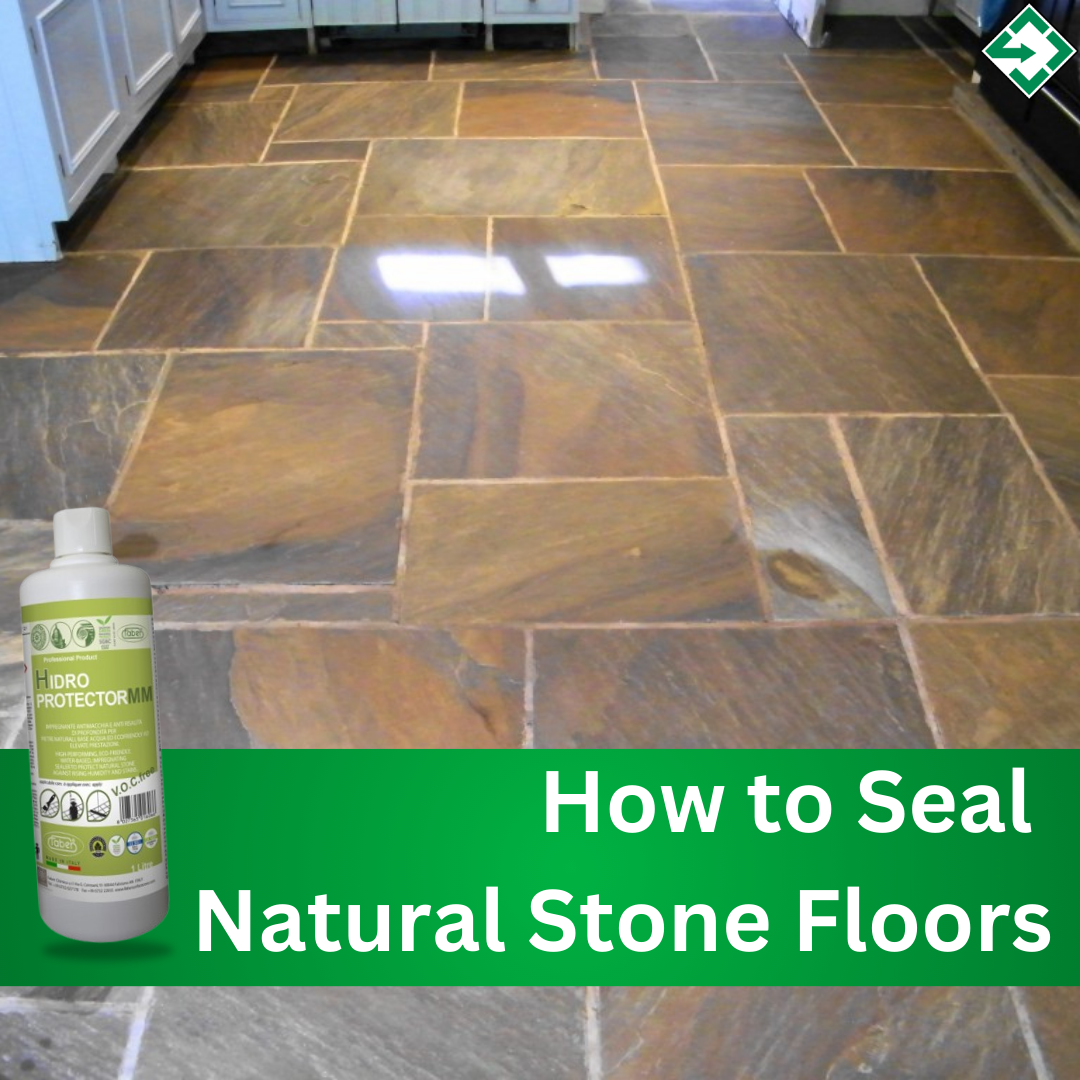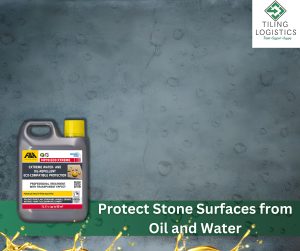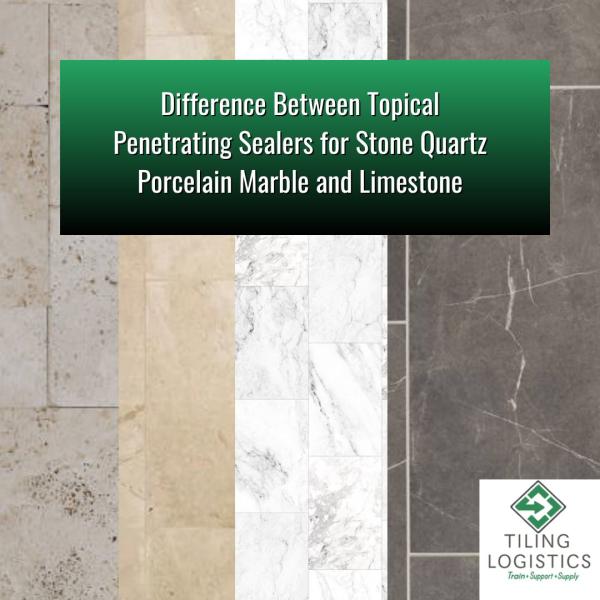We use cookies to ensure that we give you the best experience on our website. If you continue to use this site we will assume that you are happy with it. Learn more
sealer
-
How to seal your terracotta floor tiles with linseed oil
How to seal and protect your terracotta floor tiles Today, I will take you through a step-by-step guide detailing the best way to protect terracotta floor tiles against stains and enhance them with a golden glow. This technique is suitable for freshly installed terracotta floors or long-standing surfaces.
Read this article to learn how to seal terracotta tiles to protect and enhance your floors. Continue reading →
Today, I will take you through a step-by-step guide detailing the best way to protect terracotta floor tiles against stains and enhance them with a golden glow. This technique is suitable for freshly installed terracotta floors or long-standing surfaces.
Read this article to learn how to seal terracotta tiles to protect and enhance your floors. Continue reading → -
How to Seal and Maintain Natural Stone Floor
How to Seal Natural Stone Floors After installing new tile and stone surfaces into your property, the build of stains, dampness and rusting is inevitable. However, with the proper impregnating sealer, the time, money and effort you have expanded will not go to waste. Protect natural stone surfaces with the best form of protection. In this article, you'll learn how to seal natural stone floors for protection against rising damp and water damage. Continue reading →
After installing new tile and stone surfaces into your property, the build of stains, dampness and rusting is inevitable. However, with the proper impregnating sealer, the time, money and effort you have expanded will not go to waste. Protect natural stone surfaces with the best form of protection. In this article, you'll learn how to seal natural stone floors for protection against rising damp and water damage. Continue reading → -
Protect stone surfaces from water and oil stains in 2 easy steps
Protect stone surfaces from water and oil stains Due to their appearance and natural strength, stone materials make a great choice for any surface. When water and oil stains appear, you need the right tool to preserve the fantastic appearance of your surfaces and get rid of any unwanted substances without altering them in any way. For this, there is no better choice than Fila MP90 Eco Extreme Water and Oil Protection. Today, you will learn how to protect stone surfaces from water and oil stains.
To learn more about the best surface cleaning and restoration products or guides, remember to visit the Tiling Logistics blog. Our experienced team personally writes every article posted to the Tiling Logistics blog for beginners and professionals alike.
To speak to our team and ask any questions, call us at 0121 773 9129 or get in contact via online message. Continue reading →
Due to their appearance and natural strength, stone materials make a great choice for any surface. When water and oil stains appear, you need the right tool to preserve the fantastic appearance of your surfaces and get rid of any unwanted substances without altering them in any way. For this, there is no better choice than Fila MP90 Eco Extreme Water and Oil Protection. Today, you will learn how to protect stone surfaces from water and oil stains.
To learn more about the best surface cleaning and restoration products or guides, remember to visit the Tiling Logistics blog. Our experienced team personally writes every article posted to the Tiling Logistics blog for beginners and professionals alike.
To speak to our team and ask any questions, call us at 0121 773 9129 or get in contact via online message. Continue reading → -
The Difference between Topical and Penetrating Sealers Explained
The Difference between Topical and Penetrating Sealers Explained Stone Sealers for Quartz, Travertine, Marble and Limestone Quick summary: A topical sealant sits on the surface of the stone; penetrating sealers fill stone pores by penetrating the surface. Surface Porosity and Permeability Porosity, the measurement of tiny open spaces or pores in a stone compared to its solid volume, varies among different types of stones. Igneous stones generally have low porosity, while metamorphic and sedimentary stones tend to have higher porosity due to the presence of tiny grains that, even when tightly compacted, leave gaps. On the other hand, permeability, although related, is distinct from porosity. Permeability refers to a material's ability to transmit fluids. In the case of stones, fluids transmit through pores and capillary structures present within the stone. Thus, if a material is both porous and permeable, it is more capable of absorbing liquids and other substances. While this can have advantages in terms of water filtration, it can be problematic when it comes to items like countertops that can absorb water and acidic liquids. This absorption can weaken the stone, leading to fractures or breakage. Compared to other common countertop materials, granite exhibits relatively low porosity, although it still possesses some. On the other hand, limestone and sandstone are highly porous and readily absorb liquids, making them susceptible to etching and wearing away when exposed to acids. Continue reading → -
LTP Glaze Protector | Protecting Glazed Tiles
 LTP Glaze Protector | Protecting Glazed Tiles
Are you still wondering how to best protect your unpolished tiles? LTP Glaze Protector is the answer.
In this blog, we will go through why we recommend protecting your tiles and how it can solve all of your issues. Continue reading →
LTP Glaze Protector | Protecting Glazed Tiles
Are you still wondering how to best protect your unpolished tiles? LTP Glaze Protector is the answer.
In this blog, we will go through why we recommend protecting your tiles and how it can solve all of your issues. Continue reading →



